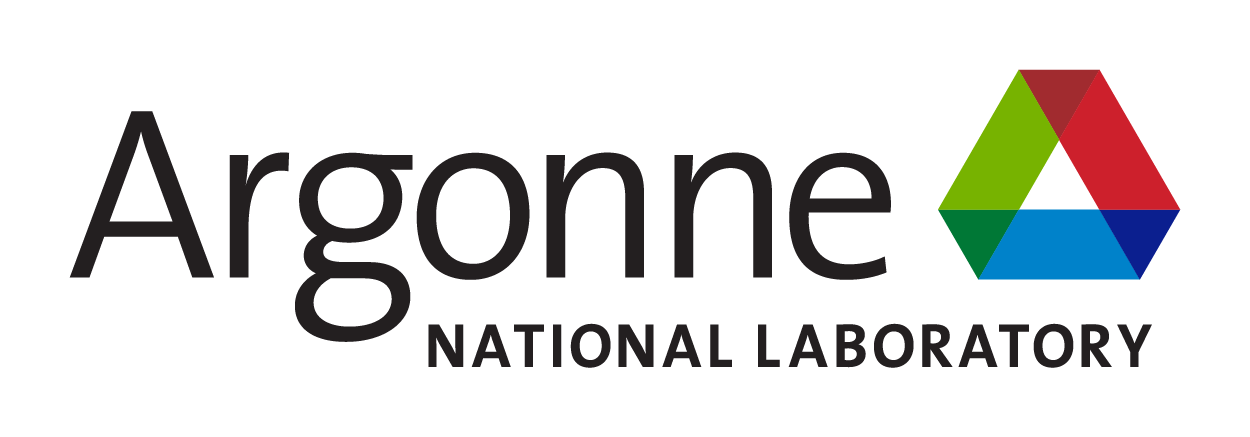Radioactive Waste 416 - Argonne National Laboratory Enhances Isotope Separation Of Spent Nuclear Fuel
3D printing in rapidly being adopted for a number of applications from printing small object to printing boats, houses and spacecraft. 3D printing consists of building up thin layers of material in order to create a complex three dimensional object. Many different materials have been used for 3D printing including resins, polymers, metals, and dirt.
Researchers at the U.S. Department of Energy Argonne National Laboratory have just published an article in Science Reports about the use of 3D printing to help with the recycling of spent nuclear fuel and the disposal of radioactive wastes.
There are several different ways to recycle spent nuclear fuel from nuclear power reactors. Argonne scientists created one method in the 1970s. These recycling methods allow ninety five percent of the spent nuclear fuel to be recycled. Only five percent of the processed spent nuclear fuel needs to be stored for a long period of time. Now, the Argonne scientists have been able to print 3D parts that help prepare for recycling even more than ninety five percent of spent nuclear fuel. Recycling two percent more spent nuclear fuel may not seem like much of an advance but even managing that would significantly reduce the amount of waste and the time it remains dangerous.
Andrew Breshears is a nuclear chemist and the co-author of the Argonne research report. “Rather than store five percent for hundreds of thousands of years, the remaining three percent needs to be stored at a maximum of about one thousand years. In other words, this additional step may reduce the length of storage almost one thousandfold.” The remaining radioactive waste could be burned in a fourth-generation fast reactor to generate power.
In order to carry out this task, the Argonne researchers had to start by separating highly radioactive actinide isotopes such as americium and curium from the rare earth metals or lanthanides, few of which are radioactive. In 2013, nuclear chemist Artem V. Gelis was working at the Argonne National Laboratory. His team developed a blueprint for recycling an extra two percent of spent nuclear fuel. It was referred to as the Actinide Lanthanide Separation Process (ALSEP).
The Argonne researchers had to find a way to move from the processes they developed in the lab into a process that could be scaled up for industrial use. This was accomplished through the use of 3D printing. The ALSEP process was modified to make use of devices that could separate chemicals. These devices are called centrifugal contactors.
Peter Kozak is an Argonne engineer. He 3D printed several contractors and connected them together. This allowed turning the slow laboratory separation process into one in which actinides and lanthanides could be continuously separated at an industrial scale. Breshears said, “This bridges the gap between separating the elements at the laboratory scale and at the industrial scale.”
The Argonne researchers started the work with simulated nuclear fuel. The uranium, plutonium and neptunium were extracted from the simulated fuel by a modified Plutonium Uranium Reduction Extraction (PUREX) process. The researchers introduced the liquid mixture which contained americium and curium to one side of a row of twenty contractors. At the other end of the row of contractors, a combination of industrial chemical designed to separate actinides was added.
Using a thirty-six stage separation process, the researchers were able to remove ninety nine and nine tenths percent of the actinides from the lanthanides. This was very difficult because the two types of elements have very similar chemical properties. Breshears said, “Their oxidation states are the same, making them very difficult to separate.”
During their work, the researchers discovered two more benefits from using 3D printed parts. The tubes that connect the twenty contractors are run inside the device. This means that it would be difficult to divert plutonium or other radioactive materials from the process as it separates the isotopes. The design of the devices would make nuclear proliferation more difficult and less likely. The second benefit of using 3D printed parts is that they will be much more easily replaced than conventionally manufactured parts. They could even be printed at the same location where the separation of isotopes is being carried out.
Breshears said, “Maybe we will find a new way to cut down on the size of the process. The greater we can separate the actinides, the more we can reduce the impact they have on the public and environment.”
